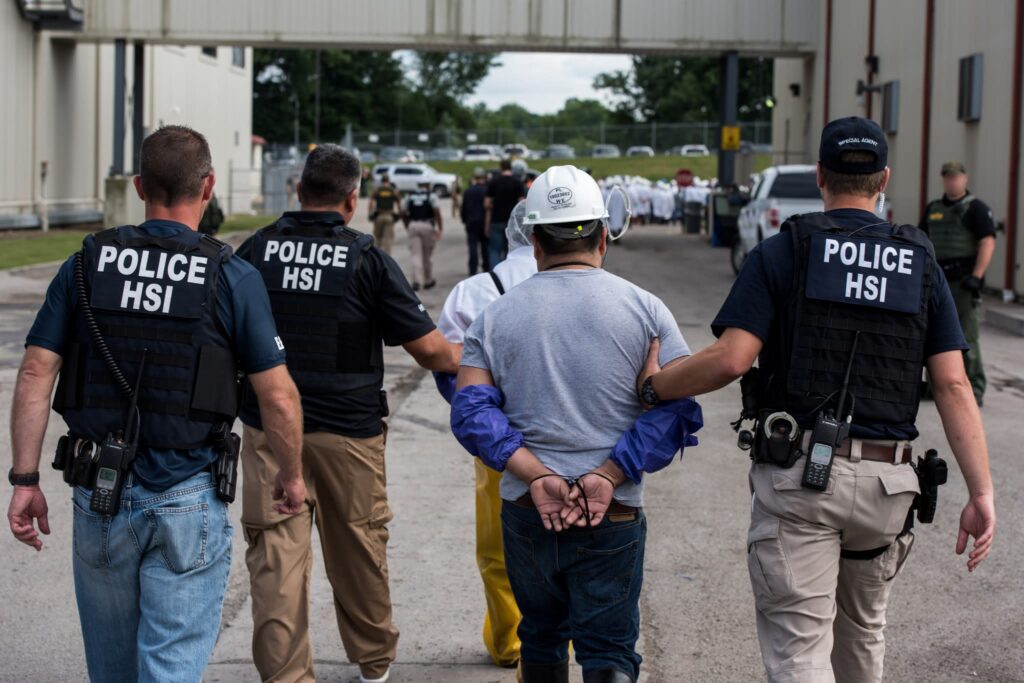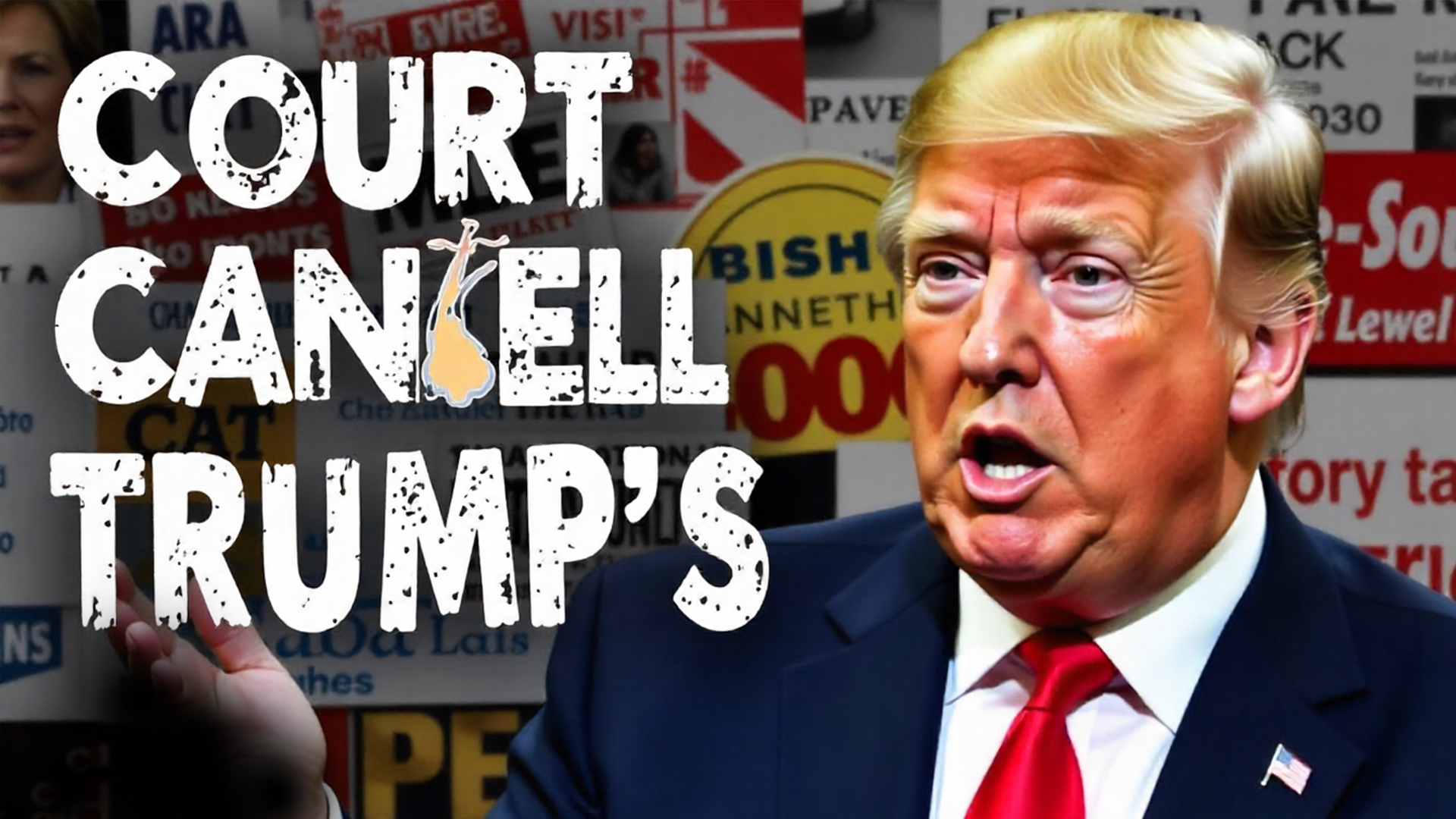Introduction
During his 2024 campaign, Donald Trump made a bold promise—to deport millions of undocumented immigrants. Now, as the 47th President of the United States, he is taking steps to fulfill that pledge. With an estimated 13 million people at stake, the debate over immigration has reached a boiling point. Supporters hail this as a long-overdue enforcement of immigration laws, while critics warn of humanitarian and economic disasters. So, what does this deportation plan entail, and what are its consequences? Let’s break it down.
TRUMP Fires Black Joint Chiefs Chair Over Diversity Push!
Trump’s Mass Deportation Plan: A Promise in Action
President Trump wasted no time advancing his immigration agenda. In the first few weeks of his new administration, he signed executive orders expanding the powers of U.S. Immigration and Customs Enforcement (ICE), revoking certain protections for undocumented immigrants, and allocating additional funding to deportation operations. The administration’s stated goal is to remove at least 2 million undocumented immigrants within the first year, and it plans to ramp up enforcement in the years to come.
Under these new policies, state and local law enforcement agencies are being encouraged to collaborate with ICE. Border security is tightening, and the number of immigration raids has surged. The Department of Homeland Security (DHS) has also announced plans to increase detention centers to accommodate the rising number of deportees. Trump’s team argues that this will reduce crime, ease the strain on social services, and open up more jobs for American citizens.
The Human Cost: Families in Turmoil
While the Trump administration frames this as a necessary enforcement of immigration laws, the impact on families is devastating. Many undocumented immigrants have lived in the U.S. for decades, raising children, paying taxes, and contributing to their communities. Now, millions face the prospect of sudden removal.
Thousands of families have already been separated, with children—many of whom are U.S. citizens—left behind as their parents are deported. Advocacy groups and human rights organizations have condemned the policy, calling it cruel. Protests have erupted across major cities, and legal battles are mounting as civil rights groups challenge the administration’s approach in court.
Several Democratic-led states, including California and New York, have declared themselves “sanctuary states” and vowed to resist federal immigration enforcement. Some governors have refused to cooperate with ICE, setting the stage for a significant legal and political showdown between states and the federal government.
Economic Impact: A Self-Inflicted Crisis?
Beyond the humanitarian concerns, the economic impact of this deportation wave is a growing concern. Many industries, from agriculture to construction, rely heavily on immigrant labor. Removing millions of workers without a viable replacement plan could trigger labor shortages, disrupt supply chains, and drive up prices.
Farmers, for example, are already sounding the alarm, warning that deporting undocumented farmworkers will devastate the agricultural sector. A lack of workers could lead to food shortages and price hikes, hitting American consumers the hardest.
Additionally, business leaders are pushing back, arguing that the U.S. economy depends on immigrant labor. Deporting millions of workers in a short period could weaken industries, force businesses to close, and even push the country toward a recession.
Some Republican lawmakers, typically aligned with Trump, are also growing uneasy. While they support stricter immigration policies, they worry that an overly aggressive approach could hurt businesses, alienate voters, and create long-term economic instability.

US Immigration and Customs Enforcement’s (ICE) Homeland Security Investigations (HSI) special agents arrested alleged immigration violators at Fresh Mark, Salem, June 19, 2018. Image courtesy ICE ICE / U.S. Immigration and Customs Enforcement. (Photo by Smith Collection/Gado/Getty Images)
Political Fallout: A Risky Gamble?
Trump’s deportation policy is not just about immigration—it’s also a major political gamble. For his supporters, this is a long-overdue crackdown on illegal immigration. Many believe that previous administrations, including Biden’s, were too lenient, allowing undocumented immigrants to stay in the U.S. unchecked. Trump’s base sees this as fulfilling his America First agenda, putting American jobs and security first.
However, opposition to the plan is fierce. Democratic leaders have vowed to fight back through legal and legislative means. The policy is also alienating Latino voters, a demographic that is growing in political influence. With the 2026 midterm elections approaching, this immigration crackdown could shape the future of Congress and determine the balance of power in Washington.
What’s Next?
With mass deportations already underway, the nation is at a crossroads. Will Trump succeed in his mission to remove millions of undocumented immigrants, or will legal challenges, economic concerns, and public outcry slow down his plans? The coming months will be critical in determining the future of immigration policy in the United States.
What do you think? Is this the right move for America, or a disaster in the making? Share your thoughts in the comments below!






One thought on “The Dilemma of Trump’s Deportation Plan: 13 Million at Stake!”